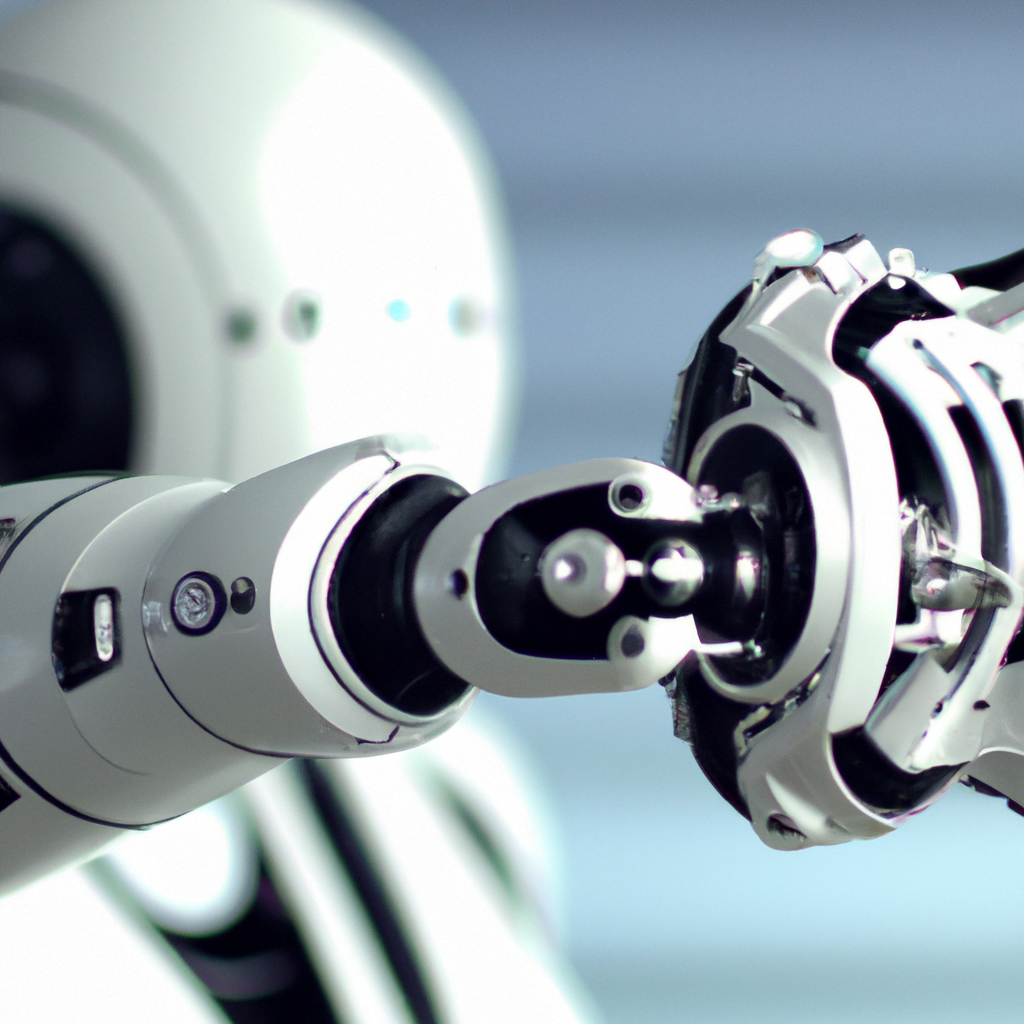Best practices for integrating AI into the classroom
Artificial intelligence (AI) is a rapidly growing field that is changing the way we live, work, and learn. In recent years, AI has been increasingly integrated into classrooms to enhance the learning experience for students. In this article, we will explore some of the best practices for integrating AI into the classroom, from both the perspective of students and teachers.
What is AI?
Before we dive into the best practices, let’s first define what AI is. AI is a branch of computer science that focuses on creating machines that can perform tasks that usually require human intelligence, such as recognizing speech, understanding natural language, and making decisions.
Best Practices for Students
Embrace AI
The first step to integrating AI into the classroom is to embrace it. While some may fear that AI will replace human teachers, this is not the case. AI is meant to be a tool to support and enhance the learning experience. Students should view AI as a helpful tool rather than a threat.
Participate in AI Projects
Many schools are starting to offer AI projects as part of their curriculum. Students should take advantage of these opportunities to learn more about AI and its potential applications. AI projects can also help students develop important skills such as problem-solving, critical thinking, and collaboration.
Learn to Code
One of the best ways for students to get involved in AI is to learn how to code. Coding is the process of writing instructions that computers can follow, and it is a crucial skill for anyone interested in AI. There are many resources available online that can help students learn to code, including free coding courses and tutorials.

Best Practices for Teachers
Use AI Tools to Enhance Learning
Teachers can use AI tools to enhance the learning experience for students. For example, AI-powered chatbots can provide students with instant feedback and support. AI-powered language tools can help students improve their writing skills by suggesting edits and providing feedback on grammar and style.
Provide Opportunities for Hands-On Learning
Hands-on learning is one of the best ways for students to learn about AI. Teachers can provide students with opportunities to build and program robots, work on AI projects, and explore real-world AI applications. These hands-on experiences can help students develop important skills such as creativity, problem-solving, and collaboration.
Foster Collaboration and Critical Thinking
AI is a complex and rapidly evolving field, and it requires collaboration and critical thinking to be successful. Teachers can foster these skills by encouraging students to work together on AI projects, engage in discussions about AI, and explore ethical issues related to AI.
Conclusion
Integrating AI into the classroom can enhance the learning experience for students and prepare them for the future of work. By embracing AI, participating in AI projects, and learning to code, students can develop important skills and explore the potential of AI. Teachers can also use AI tools to enhance learning, provide opportunities for hands-on learning, and foster collaboration and critical thinking. With the right approach, AI can be a powerful tool to support and enhance the education of today’s students.






